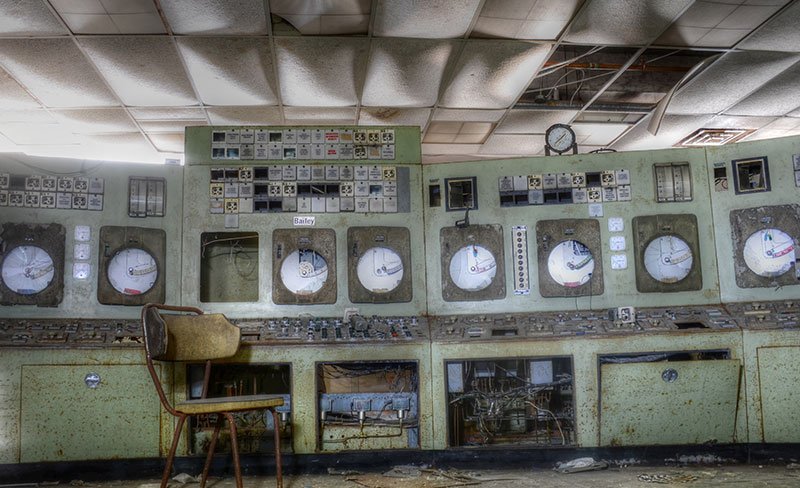How to Improve Measurement and Verification
Measurement and verification (M&V) is a practice used by energy companies to detail the decrease in energy associated with energy-efficient projects. Green building techniques, optimized operations via automation systems and renewable energy sources provide many opportunities for companies to achieve significant energy savings. However, project planners need a solid M&V foundation to get the data necessary to track ROI and determine whether they meet their original goals.
Common Uses of M&V
M&V is a useful service for companies across many industries. Energy audits create a baseline measurement and show businesses how they are wasting energy. Audits can also estimate the improvements that a commissioned project could deliver, which is useful in the planning phases or when seeking financing from a lender. By showing the value of a particular investment upfront through M&V services, businesses have a better chance of getting the funds needed.
Common Tools and Hardware Used by M&V
Data loggers are commonly used to get the data needed for M&V. Meters, sensors and other hardware deliver this information for the report. Building managers can also refer to electricity bills and other insight from the utility company for another perspective on any energy-efficiency projects.
How IoT Has Changed M&V
The Internet of Things has created a fundamental shift in the way M&V functions. Rather than working with data that's days, weeks or months old, property managers receive real-time updates that reflect current energy usage. They have the ability to see the exact changes that take place after an energy-efficient project is complete, allowing them to show that the investment was worthwhile.
Due to the increased data accessibility, M&V is no longer limited to consultants. Facility managers can use IoT devices to help with many categories of M&V, including retrofit isolation, calibrated simulation and whole facility measurement. Isolating individual components or changes in the building system provides granular data that's far more detailed than trying to pull data based on the overall energy usage.
IoT devices can integrate with other innovative solutions, such as a building automation system. Building engineers no longer need to access multiple systems to pull M&V data for equipment throughout the facility. Instead, they reference a single solution to get a better understanding of the current energy consumption. There's no need to constantly commission and recommission M&V consultants since the configuration can work with all of the connected hardware in the building.
The environment and situation that a piece of equipment operates in are tracked as factors. The facility manager chooses the energy-efficient plan that works best for this specific case or focuses on those times that draw more power than others. The data provides the necessary context for making better decisions about lowering energy consumption and the most cost-effective ways to accomplish this goal.
Another type of technology that complements IoT sensors is predictive analytics. In addition to creating reports for the current energy improvements put into place, a predictive solution can model the available information to provide insights into future operations. The more data it receives from the building automation system and IoT sensors, the better its accuracy becomes. Facility managers also have the opportunity to compare energy-efficient improvements based on the typical environment encountered by parts of the building throughout the year.
How to Improve Continuous M&V
IoT transforms organizations' M&V drastically from its original form. While they may not achieve that type of leap in the future, organizations can take advantage of the system to get on the path for ongoing improvements in M&V. It's much easier to determine the impact of small changes, whether they're looking at the data from a building-wide standpoint or isolating that part of the retrofit.
Incremental changes optimize the building's energy consumption over time, with the help of data accessibility. As IoT sensors gather more information, facility managers can discover new opportunities for energy savings. They may be incremental improvements that were previously unfeasible to consider due to the lack of visibility into the potential savings. Now everything is quantifiable.
Traditional M&V plans typically include a post-installation report and an annual overview. A lot can change in a year, with fluctuations in energy costs, different operating environments and new technological advances. An IoT-driven continuous M&V allows facility managers to act quickly if things don't go as expected in the post-installation period. For example, an energy-saving measure may not perform properly when the equipment conditions drastically change, such as a spike in its operating hours. Real-time data can spur an immediate investigation into what's going on; a traditional M&V plan would hide this problem for some time. Depending on what's going wrong, this could be a costly proposition for a company.
M&V is an essential part of moving toward a smart and green building. IoT sensors improve the traditional M&V process through real-time insights that make it possible to continually optimize the system. Facility managers can move from reports that have significant delays after installation to a nearly instant look at how well an energy project is performing.




